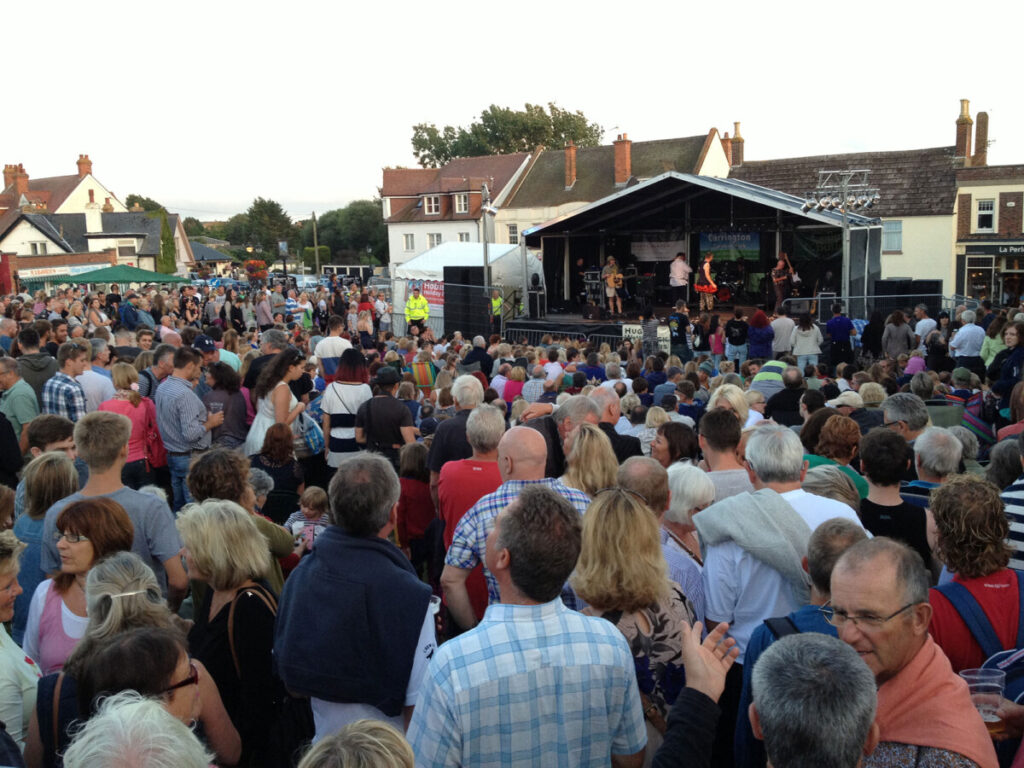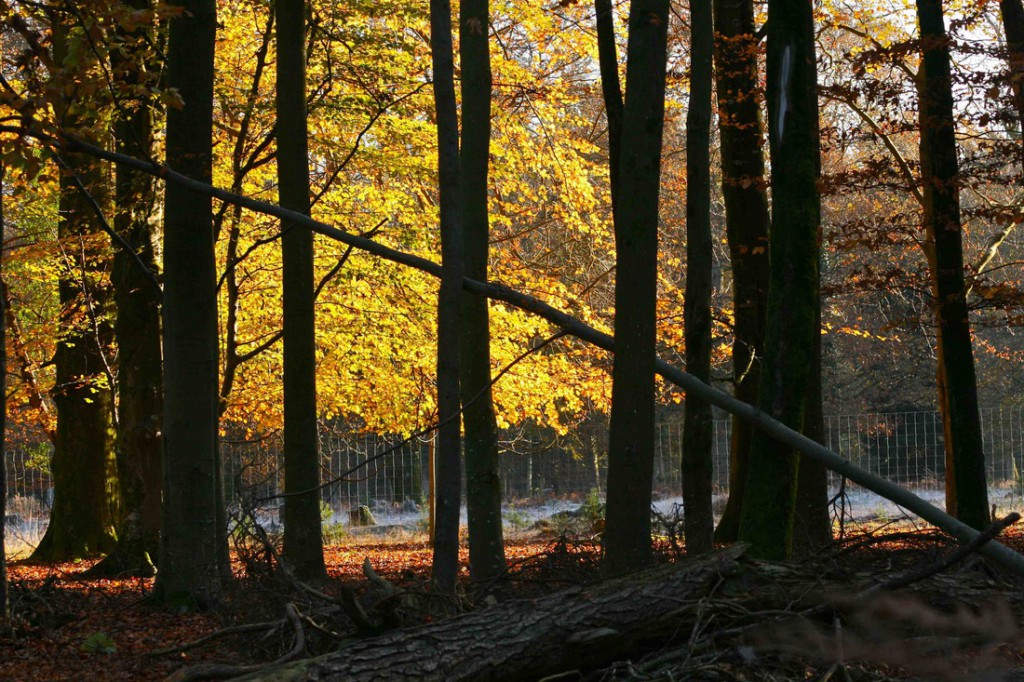The New Forest
The New Forest is the smallest National Park in England. It is home to thousands of free-roaming livestock and deer, including the popular New Forest Ponies. The forest offers many, many miles of footpaths, bridleways and cycle paths for visitors and residents to enjoy. The nearest to Everton Village is Wilverly Inclosure, approximately 5 miles north of the village.
Wilverley Inclosure is a mixture of conifers and broadleaves, old and young, with open areas, making it a stunning and interesting place to explore by foot or on bike. For more information visit Wilverley Wander Trail
Driving or cycling to Wilverley Inclosure takes you through the small villages of Hordle, Sway and Tiptoe.
For more information on the wider New Forest visit www.thenewforest.co.uk







